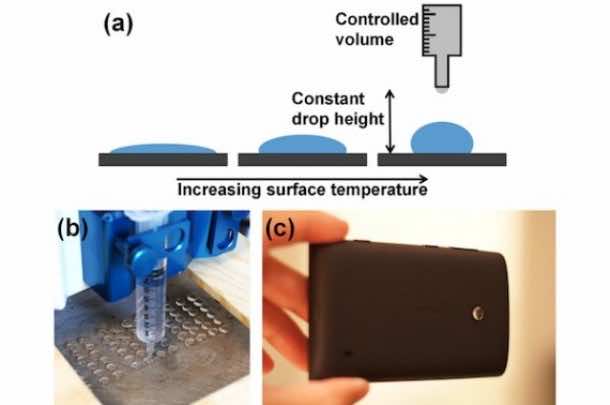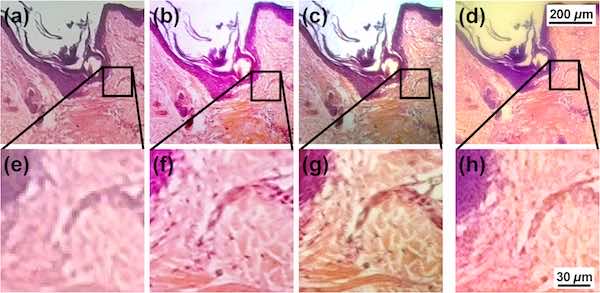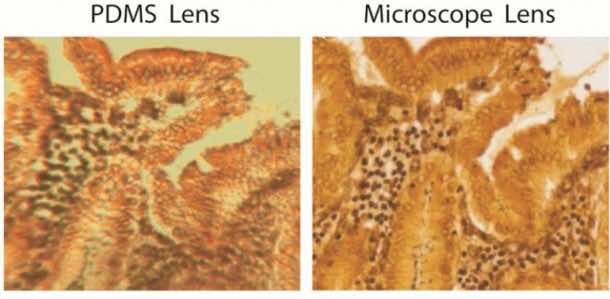Microscope manufacturers look away as we are going to introduce you to a 3-cent lens to convert any old smartphone into a reasonable microscope. The lens was developed by a Houston University Team led by Yulung Sung.
The lens was made as an attempt to increase the reach of microscopes and to make them a part of Smartphones’ features. The lens is primarily made up of Polydimethylsiloxane (PDMS). It is hardened by dropping a pre-determined amount into a pre-heated surface. It is hardened into a lens material before, it has similar fluid properties to honey. Each droplet is produced individually by a cheap handheld device that looks like a futuristic dropper. The curve on the lens decides the magnification power of the lens and the material is reasonably flexible like a contact lens, but a lot thicker.
It is attached to the smartphone by directly putting it in the camera slot. There is some automatic adhesion available that binds the lens to the camera aperture. It can even be detached and reused.
To demonstrate the power of the microscope, the picture of a hair follicle of the skin was captured by both this smartphone microscope and an Olympus IX-70 microscope. The smartphone’s lens were able to zoom 120x, and the Olympus microscope was able to zoom to 100x. Here are a series of pictures that were taken and enhanced at 40x, 100x and 200x by the Olympus microscope and a Nokia Lumia based smartphone microscope.
The leader of the team Sung that produced this amazing lens says that the current cost of the hardened droplet is 1 cent. If it eventually finds its way to manufacturing, the cost might reach a whopping 3 cents! The microscopes in our practical and academic lives require much more money in the region of thousands of dollars. But, they are customizable and more stable. It can be amended by constructing a holding structure for the smartphone microscope and including different types of lenses.
This invention will have a significant academic and social effect. The teachers, social workers, health educators can just take an extra lens out of their pockets, attach it to the smartphone, and they will have a microscope ready in a matter of seconds.





